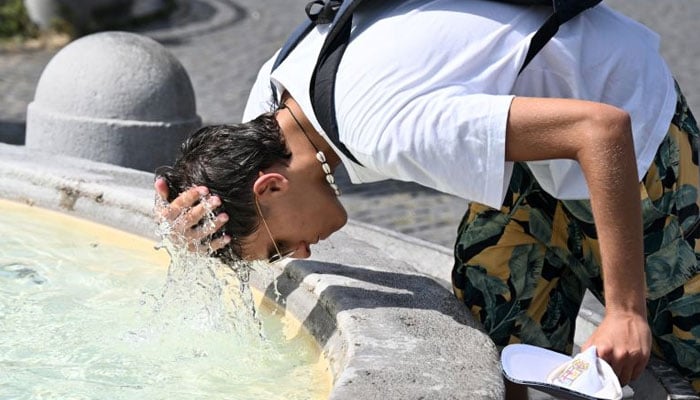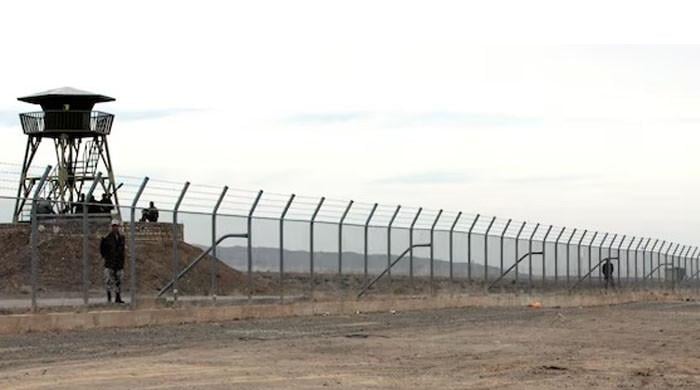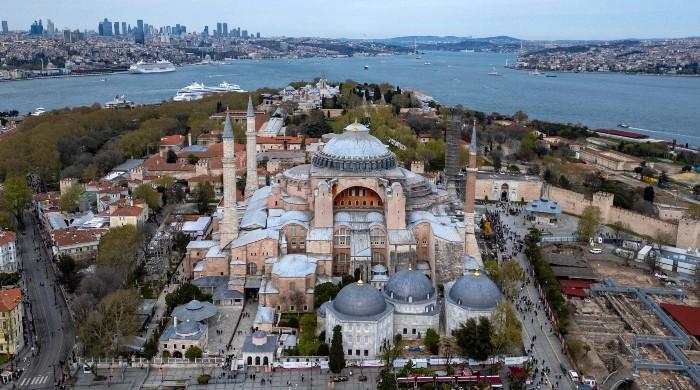Surviving the heat: What strategy cities adopt to save lives from extreme heatwaves?
As cities gear up to cope with surging temperatures, their proactive measures to combat heatwaves offer hope for a cooler future
July 23, 2023

As the world faces an alarming surge in temperatures and heatwaves, cities are stepping up to protect their citizens from the escalating climate crisis.
The situation is becoming increasingly troublesome, with records showing that this year's temperature spike is only the beginning of a worrying trend. According to the United Nations Intergovernmental Panel on Climate Change (IPCC), temperatures will continue to rise for the next three decades, even if carbon emissions are drastically reduced immediately. This calls for urgent and innovative measures to cope with the challenging reality of a hotter future.
Cities, home to more than half of the global population, have become hotspots for extreme heat due to the "urban heat island" effect. The prevalence of asphalt, cement, glass, and steel absorbs and retains heat, making cities up to seven degrees Fahrenheit hotter than their surrounding suburban and rural areas. The consequences of such rising temperatures are devastating. Heatwaves have already claimed hundreds of lives, damaged infrastructure, and impacted workforce productivity, with the vulnerable and marginalised communities bearing the brunt of these effects.
To combat this deepening crisis, a pioneering approach has been taken by some cities, which involves appointing Chief Heat Officers (CHOs) dedicated to crafting and implementing plans to respond to rising temperatures. Miami, Phoenix, Athens, Freetown, Monterrey, and Santiago are among the cities that have taken this crucial step.
CHOs play a vital role in identifying the unique challenges faced by each city and devising tailored strategies to address them. For instance, Miami's CHO worked with volunteers and universities to place temperature sensors throughout the city, ensuring accurate readings and enabling residents to prepare for extreme temperatures. Athens' CHO compiled a cooling guidebook with technical recommendations for green spaces and water features to mitigate heat effects.
Community engagement is also a key component of cities' heat protection plans. Cities like Miami have initiated training programmes for emergency response volunteers to provide first aid to heatstroke victims, empowering citizens to play a crucial role in saving lives. Moreover, raising awareness about the dangers of extreme heat and categorising heatwaves are being tested in various cities to draw public attention to this invisible yet life-threatening phenomenon.
As cities rise to the challenge, their proactive measures to combat heatwaves offer hope for a cooler future. By taking swift action, implementing innovative solutions, and involving communities, cities are playing a pivotal role in safeguarding their residents against the relentless surge in temperatures that lies ahead.











